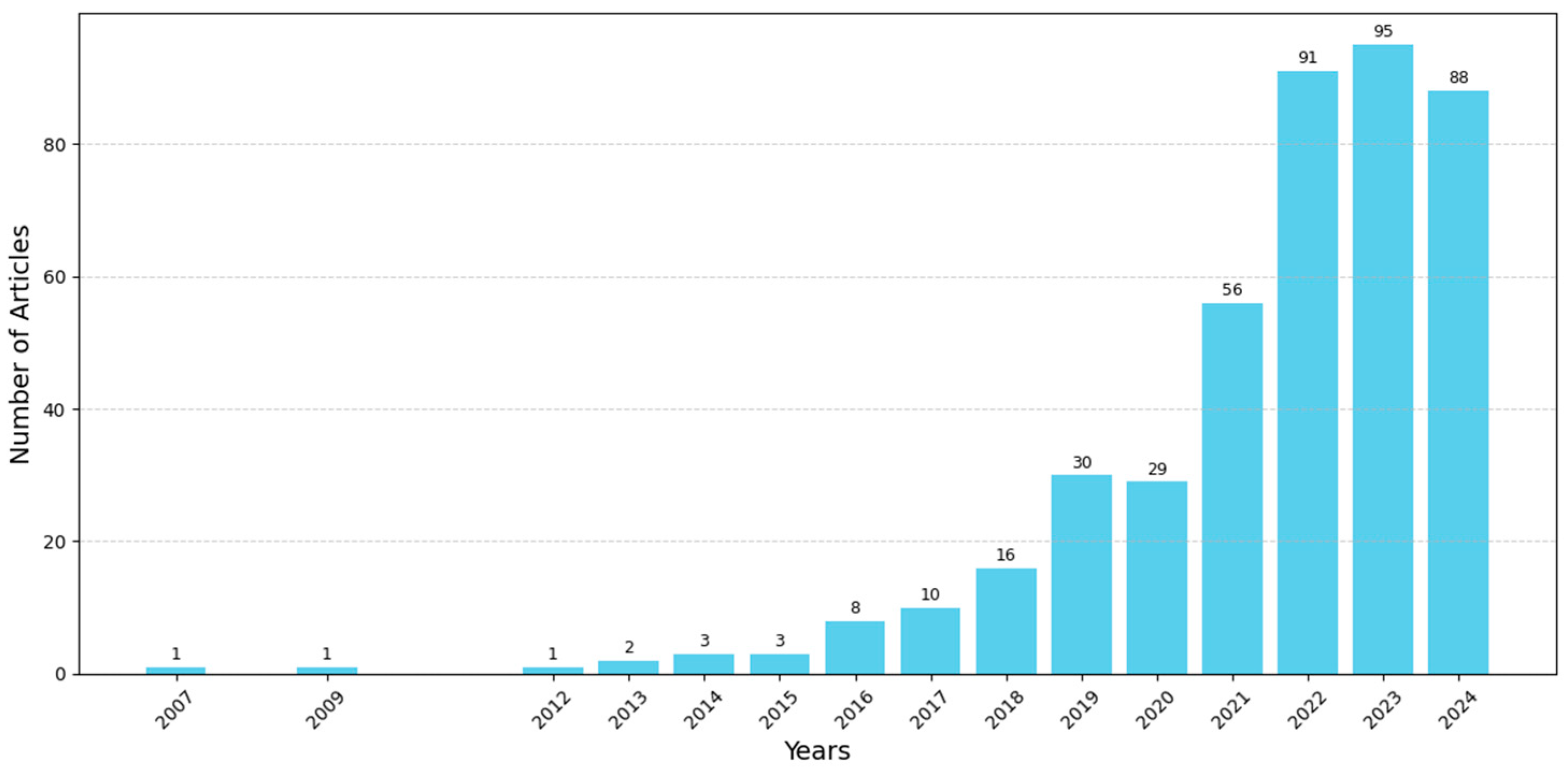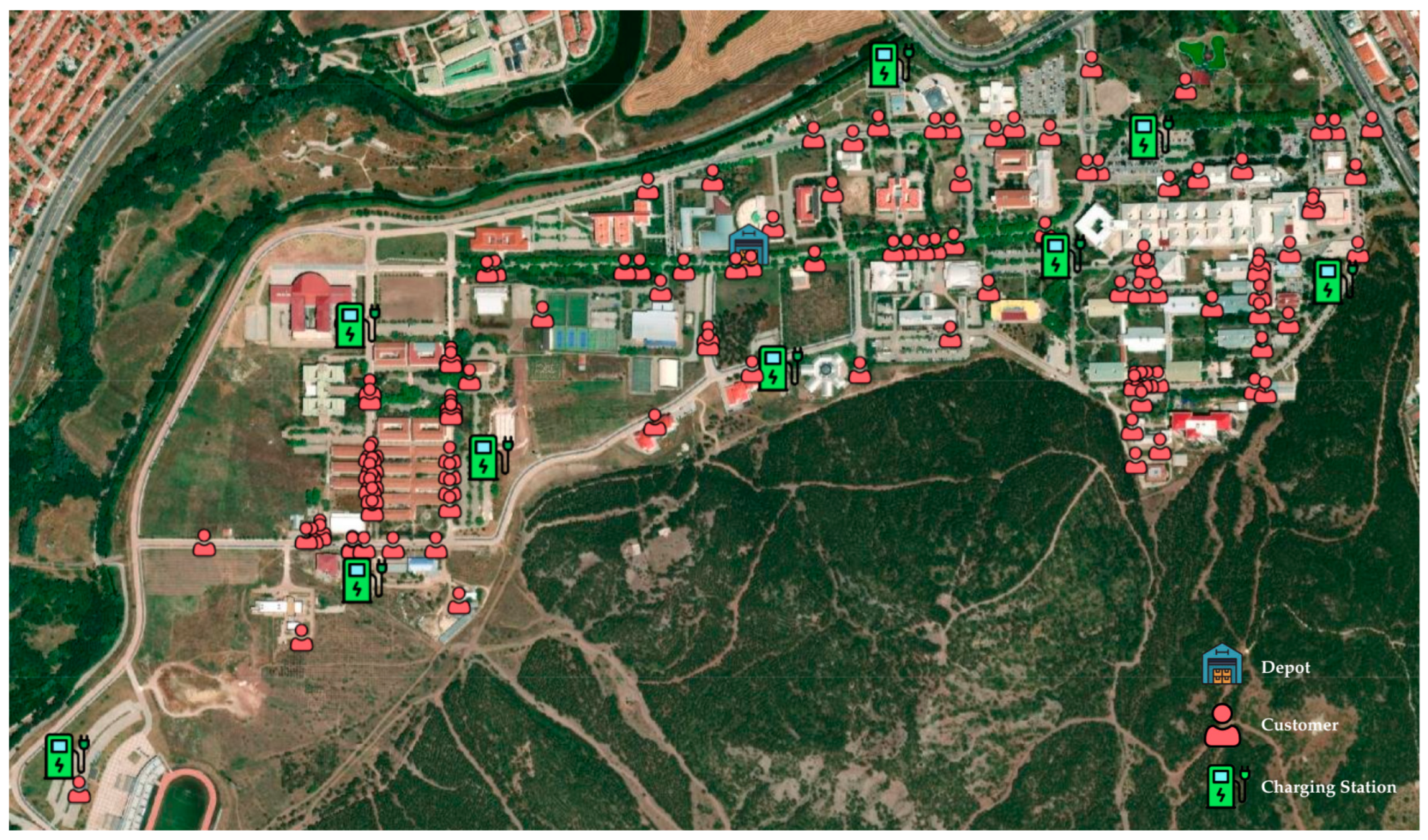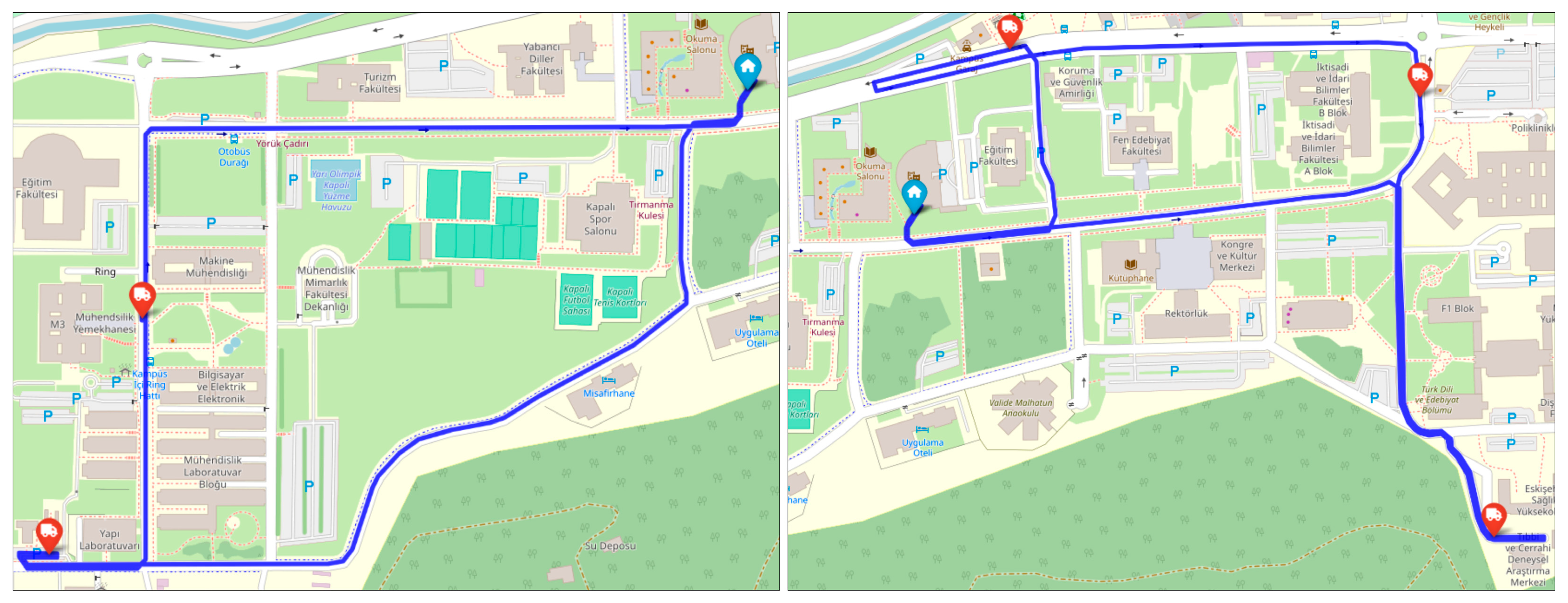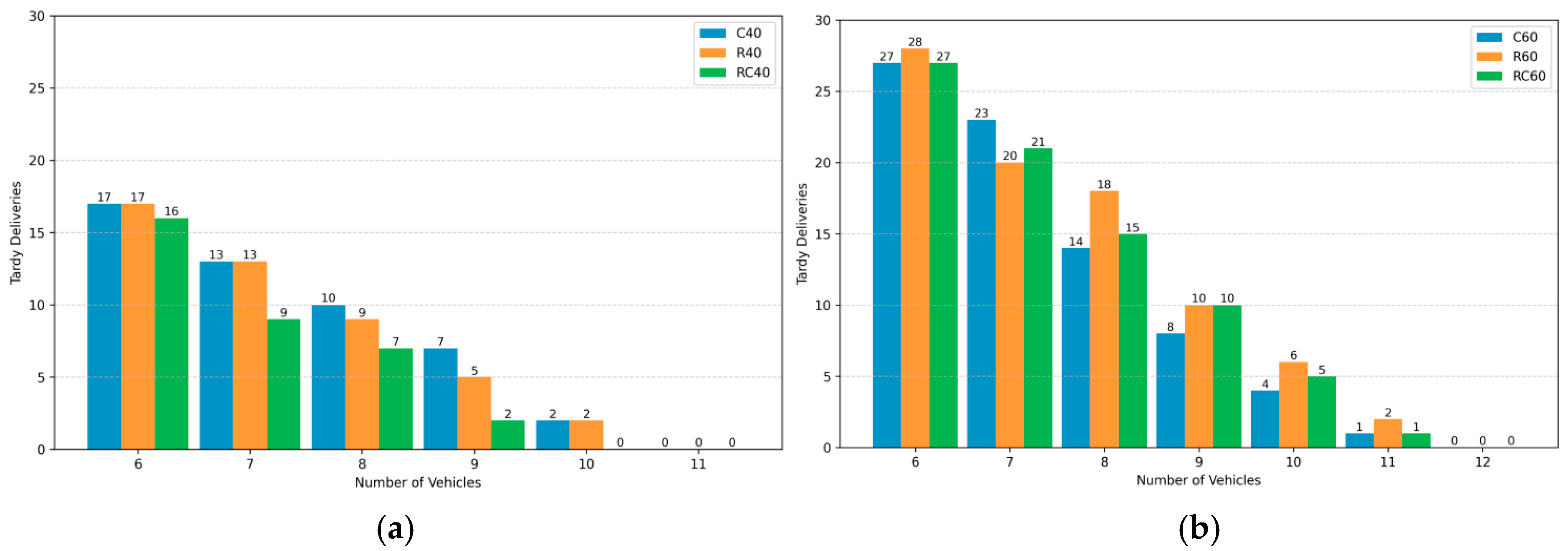Electric Vehicle Routing with Time Windows and Charging Stations from the Perspective of Customer Satisfaction
Journal: Applied Sciences (MDPI)
Volume: 15 | Issue: 9 | Article ID: 4703 | Publication Date: 24 April 2025
We are pleased to announce the publication of our latest research article:
In this study, we address the electric vehicle routing problem by integrating time window constraints and charging station considerations, with a focus on enhancing customer satisfaction. The methodology and findings contribute to the advancement of sustainable urban logistics and smart transportation systems.
This research is supported by the OPEVA Project (Optimization of Electric Vehicle Autonomy), funded under the European Union’s Horizon Europe Framework Programme through the Chips Joint Undertaking.
🔗 Access the full article: https://www.mdpi.com/2076-3417/15/9/4703
📄 DOI: https://doi.org/10.3390/app15094703
The use of electric vehicles in urban transportation is increasing daily due to their energy efficiency and environmental friendliness. In last-mile logistics, route optimization must consider charging station locations while balancing operational costs and customer satisfaction. In this context, solutions for cost-oriented route optimization have been presented in the literature. On the other hand, customer satisfaction is also important for third-party logistics companies. This study discusses the Capacitated Electric Vehicle Routing Problem with Time Windows (CEVRPTW) encountered in last-mile logistics. This article defines the objective function of minimizing total tardiness and compares the routes between the service provider logistics company and the customer receiving the service. In this study, the CEVRPTW was solved for the minimum total tardiness objective function with the hybrid adaptive large neighborhood search (ALNS) algorithm. The success of ALNS was proven by comparing the differences between the optimal solutions obtained with the CPLEX Solver and the ALNS solutions. Tardiness objective function-specific operators for ALNS are proposed and supported by local search and VNS algorithms. The findings of this study contribute to the literature by analyzing the balance trade-offs between customer-oriented and cost-oriented and the effect of time windows on the number of vehicles.
Figure 1. The number of papers on EVRPTW based on years (since 2007).
Figure 2. Methods used in EVRP studies.
Figure 3. ESOGU campus environment. Created using OpenStreetMap and Folium. Map data © Esri, Maxar, Earthstar Geographics, and the GIS User Community.
Figure 4. Solution representation of the test problem C20.
Figure 5. Utilization of vehicle capacity for C40 test problem based on cost-oriented and customersatisfaction-oriented solutions.
Figure 6. Scenario 1, cost-oriented solution for R05 problem, representation of routes on OSM map. (Blue icon indicates the depot, red icons represent delivery locations, and blue lines show the vehicle routes)
Figure 7. Scenario 2, customer-oriented solution for R05 problem, representation of routes on OSM map. (Blue icon indicates the depot, red icons represent delivery locations, and blue lines show the vehicle routes)
Figure 8. Number of tardy deliveries in problems with 40 (a) and 60 (b) customers according number of vehicles
Figure 9. Trade-off between fleet size and total tardiness (in seconds) for 60-customer instances.









